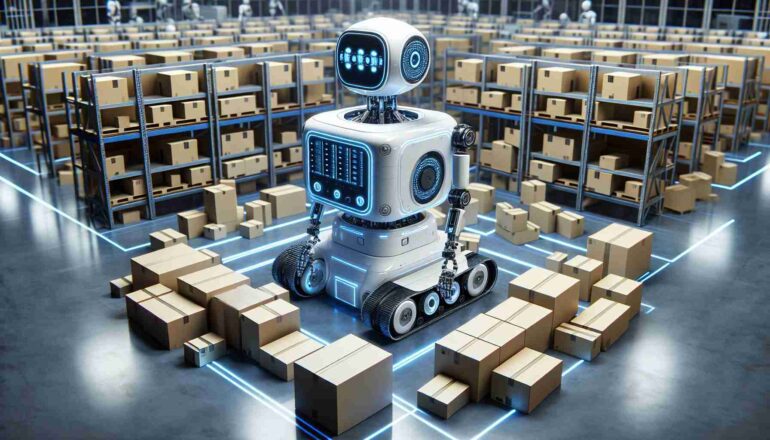- MIT’s CSAIL introduces RoboGrocery, a soft robotic system integrating computer vision and gripper technology.
- Originating from the first self-checkout system in 1986, automated grocery technologies continue to evolve.
- RoboGrocery adeptly handles a variety of items, from delicate grapes to sturdy soup cans, using advanced sensing capabilities.
- Researchers emphasize ongoing improvements to enhance system efficiency and expand application potential.
- Future prospects include deployment beyond grocery stores, potentially impacting industrial sectors.
Main AI News:
The introduction of the first self-checkout system at a Kroger grocery store near Atlanta in 1986 marked a pivotal moment in retail technology. Over the ensuing decades, this innovation has permeated the U.S. market, paving the way for further advancements in automated processes. With the trajectory of grocery stores leaning towards automation, the prospect of robotic bagging looms closer than ever.
MIT’s Computer Science and Artificial Intelligence Laboratory (CSAIL) unveiled their latest creation, RoboGrocery, this week. This innovative system integrates cutting-edge computer vision technology with a soft robotic gripper designed to handle a diverse array of grocery items. To assess its capabilities, researchers subjected RoboGrocery to a rigorous test: bagging 10 items of varying complexities on a grocery conveyor belt.
The items ranged from delicate perishables like grapes, bread, kale, muffins, and crackers to more robust products such as soup cans, meal boxes, and ice cream containers. The system’s computer vision initially identifies each item, assessing its size and orientation as it travels down the conveyor belt. Upon detecting delicate items like grapes, the robotic gripper, equipped with pressure sensors, intuitively understands their fragility and ensures they are placed gently in the bag—avoiding the common pitfall of crushing delicate goods. In contrast, more solid items like soup cans are securely positioned at the base of the bag, reflecting the system’s adaptive capabilities.
“This marks a significant milestone towards the practical implementation of robotic grocery packing and similar applications in real-world environments,” remarked Annan Zhang, co-author of the study. “While commercial deployment remains a future prospect, our research underscores the transformative potential of integrating diverse sensing technologies within soft robotic frameworks.“
The research team acknowledges ongoing refinements are essential for enhancing RoboGrocery’s performance. Future upgrades to both the gripper mechanism and imaging systems aim to optimize packing sequences further. As these advancements solidify, the scope of application may expand beyond grocery stores, potentially influencing industrial settings such as recycling facilities.
Conclusion:
MIT’s development of RoboGrocery represents a significant advancement in automated grocery packing technologies. By integrating sophisticated computer vision and soft robotic gripper systems, this innovation not only promises enhanced efficiency and accuracy in grocery handling but also opens doors to broader applications in industrial environments. As refinements continue and deployment strategies evolve, the market can anticipate transformative shifts towards more automated and efficient operational models in retail and beyond.

